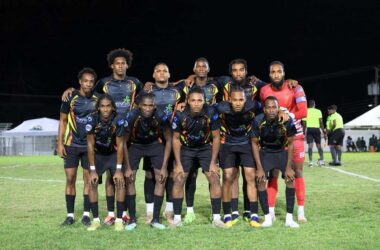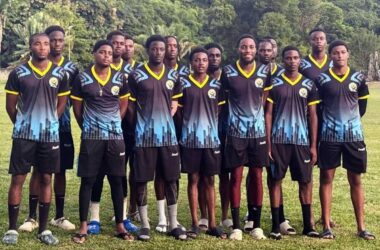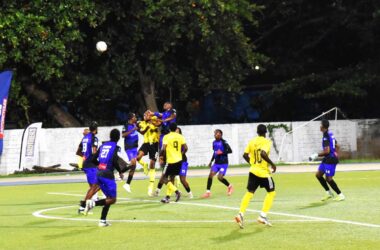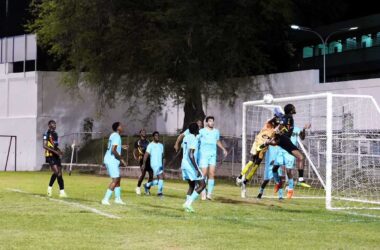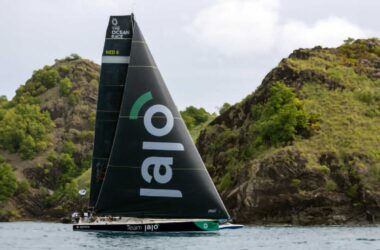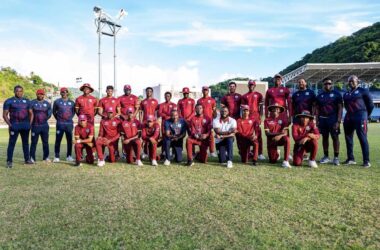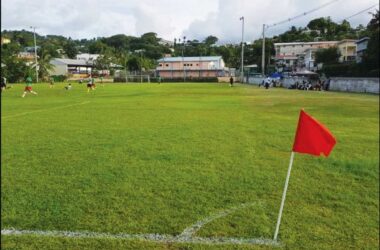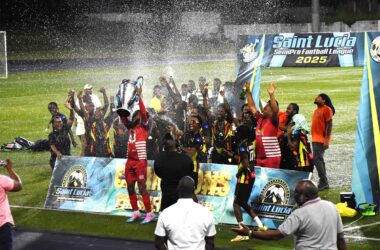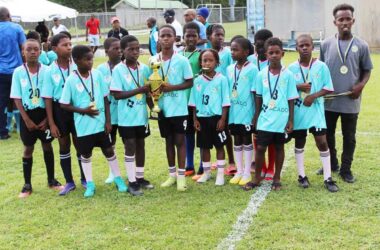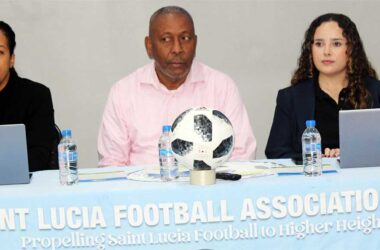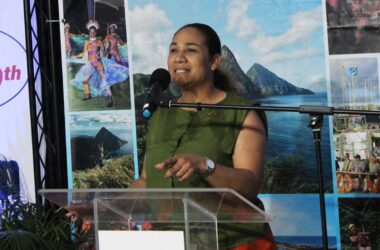A new quadranium of the Olympic cycle has started with the 2020 Tokyo Olympics at the end of the road. The question is: what do we expect to achieve at the end of the road?
For swimming, it should be at least to produce a swimmer who at least has an Olympic “A” qualifying time in an event and makes a semifinal in one event. A pipe dream, you might say, but if the proper structures and swim programmes are put in place, it is achievable.
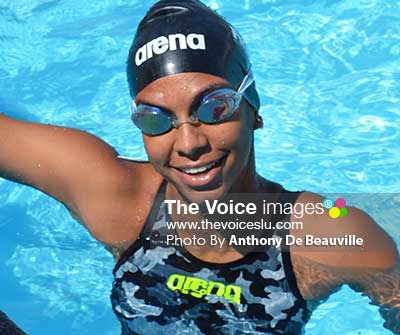
Dreams are often the start of any successful athletic programme no matter the sport. One can recall the dream of the late Sydney St. Ignatius “Foggy” Burrows in the early 1970s that Jamaican women would by the 1990s be competing toe-to-toe with the best in the sprints in track and field, which came to fruition. He, along with others, then set about designing a programme to make that become reality. We in Saint Lucian swimming in similar fashion must dream big, then set about designing a programme aimed at making our big dreams come true.
A programme designed to make these big dreams come true must be based on a development plan for at least six years — not four years or less. That is right. It will take at least that time to develop a world-class swim programme in Saint Lucia. Lessons should be drawn from the Singaporean programme that in 2008 produced that country’s first Olympic swim finalist and eight years later in Rio their first swimming gold medalist.
Such a development plan will of necessity mean that its aim will not be the 2020 Tokyo Olympics, but beyond Tokyo to the 2024 Olympics.
With a new executive elected to lead the Saint Lucia Amateur Swimming Association (SLASA), it is important that there be a new vision of where swimming in Saint Lucia is headed.
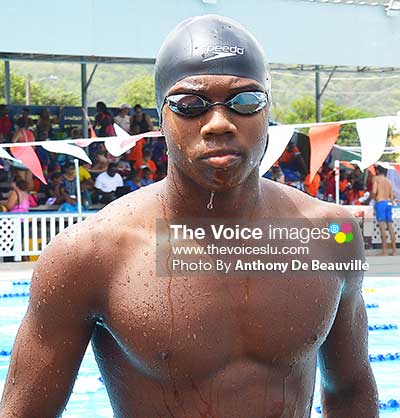
At the core of any programme, the bare skeletons, even if in a disjointed manner, which I am proposing, must be swimmers and coaches.
At the base of the swim pyramid must be a national learn-to-swim programme. If as is the case now most Saint Lucians cannot swim, a mass-based swim programme will not emerge. Furthermore, such a programme can be sold to the private sector and government as improving the health of our nation, especially the youth, by reducing the level of drownings on our beaches, childhood obesity, and other life-style illnesses.
The second plank of any such programme must be a programme designed to transition beginner swimmers into competitive swimmers. Such a programme will of necessity have to develop enthusiasm for the sport of swimming among beginners. It is out of this pool that talent can be spotted which can be harnessed for success at the regional, hemispheric and international levels.
The third tier of any such plan must include the development of a core of elite swimmers based on agreed standards which will ensure that they are competitive at the CARIFTA, Caribbean Island Swimming Championships (CISC), Central American & Caribbean Swimming Championships (CCCAN), the Central American & Caribbean Games (CAC Games) and higher levels.


